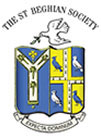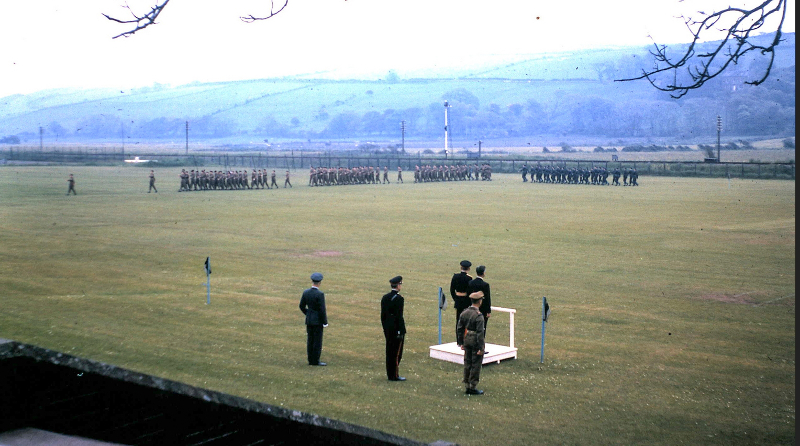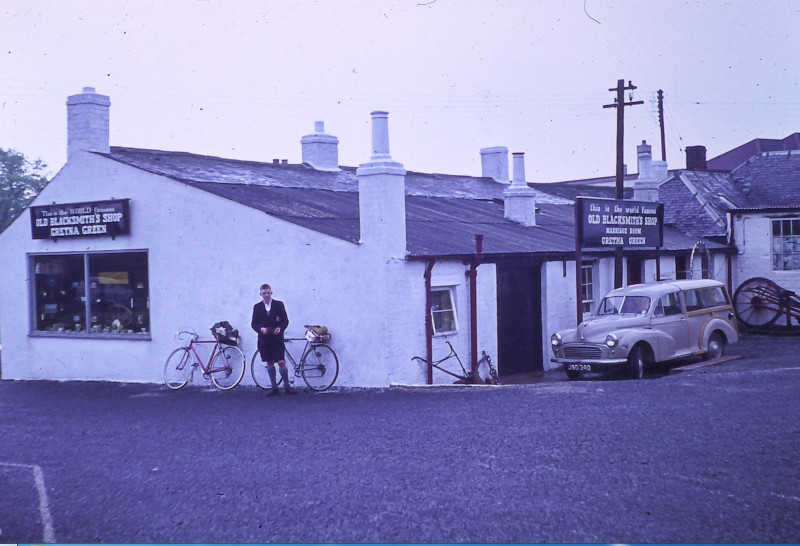|
 |
The Old St Beghian | |
| July 2021 | |||
John West (SH 61-64) has written regarding ‘Gus’ Walker. |
|---|
“If anyone is looking for a good read, I recommend ‘Chastise: The Dambusters’ by Max Hastings. Mentioned on pages 76 and 103 is Augustus ‘Gus’ Walker. He went to St Bees and in 1964 on CCF Day, arrived to inspect the troops in one of those Westland helicopters with the bulbous nose. I think he flew it himself despite only having one arm. I can’t remember exactly where he landed it, but I hope it wasn’t on Jack Holroyd’s beloved crease! As one of the erks I stood ‘at ease’ for well over an hour in the boiling sun waiting for him to arrive. I generally liked being at St Bees (it was a great place to be if you liked rugby, which I loved, and cricket, which I also loved, but wasn’t very good at!) However, I strongly disliked the CCF. I regularly exchange emails with contemporary Robert Astin and after reading the book I asked him if he remembered that day. He did, although he didn’t remember that it was Gus Walker who had carried out the inspection. The reason he remembered it was that I pointed out that about five ‘soldiers’ had fainted on parade. I thought one of them was Haigh on Hostel, but I could be wrong (apologies if I’ve libelled you there!). Rob replied that he was one of those who was taken by stretcher to the cricket pavilion, where he spent the rest of the parade. What a good wheeze, I wish I’d thought of it! I might have taken more interest in Sir Augustus if I’d realised Guy Gibson had been one of those who dragged him from the blazing Lancaster. I think at that age we all were enthralled with the story of the Dambusters.
This is Sir Augustus Walker’s entry in Wikipedia: Walker was born on 24 August 1912 in West Garforth, Leeds, and studied at St Bees School in Cumberland, and St Catharine's College, Cambridge, where he took a second in the natural science tripos. He played rugby for Yorkshire, and twice for England in 1939. RAF career - He joined the Royal Air Force from university on 29 March 1933. In November 1940 during the Second World War he was appointed Officer Commanding No. 50 Squadron in which role he earned the Distinguished Service Order and Distinguished Flying Cross before moving on to become Station Commander at RAF Syerston in April 1942. While working as station commander at RAF Syerston he rushed in a fire truck from the control tower to a taxiing Lancaster bomber when he saw it was on fire. He then tried to remove incendiary bombs from under the bomb bay in the hope that he could prevent a 4,000-pound (1,800 kg) bomb from exploding, but it detonated and he lost his right arm as a result. Returning to active service with an artificial arm, he was referred to by personnel as the one-armed bandit. In February 1945 he was appointed Senior Air Staff Officer at Headquarters No. 4 Group and went on to receive the Croix de Guerre and Légion d'Honneur. After the War he was appointed Deputy Director of Operational Training at the Air Ministry before taking up the role of Senior Air Staff Officer for the Rhodesian Air Training Group in 1948. In 1951 he became Officer Commanding RAF Coningsby and in 1954 he was made Commandant of the RAF Flying College at Manby where he developed flying techniques for jet aircraft: he received the Air Force Cross in 1956 for his work in this and the techniques for flights over the North Pole. He became Air Officer Commanding No. 1 Group in October 1956, Chief Information Officer at the Air Ministry in 1959 and Air Officer Commanding-in-Chief at Flying Training Command in 1961. He held the post of Inspector-General of the RAF from 1964 to 1966 when he became Deputy Commander-in-Chief Allied Forces Central Europe. He continued his interest in rugby, acting as a referee and being President of the Rugby Union in 1965–6. He retired in 1970. Following his retirement he carried out various voluntary activities, notably for the Royal Air Forces Association, including the role of President. He Died on 11 December 1986 at Kings Lynn.”
See also the article on ‘Gus’ Walker by Gordon Peel in our last Bulletin here. John mentions that the Inspection photo, submitted by Paul Rew (which he assumes was taken by one of his parents and that he is somewhere in the photo), can be seen on the Society website here and below. John assumes it was this day that he remembers and he thinks that Gus is on the podium, along with Major Alan Francis, who is certainly nearest the photographer. |
 |
Inspection Day (Photo by Paul Rew) |
In reference to it John says: “I looked at it several times, but the photo is almost certainly me; Rob Astin and Peter Royds agree. Rob says the haircut and sticky-out ears confirm it. |
 |
John West at Gretna Green (Photo by Paul Rew) |
|
Home
The St Beghian Society
St Bees School,
St Bees, Cumbria, CA27 0DS.
Tel: (01946) 828093 Email: osb@stbeesschool.co.uk
Web: www.st-beghian-society.co.uk
![]()